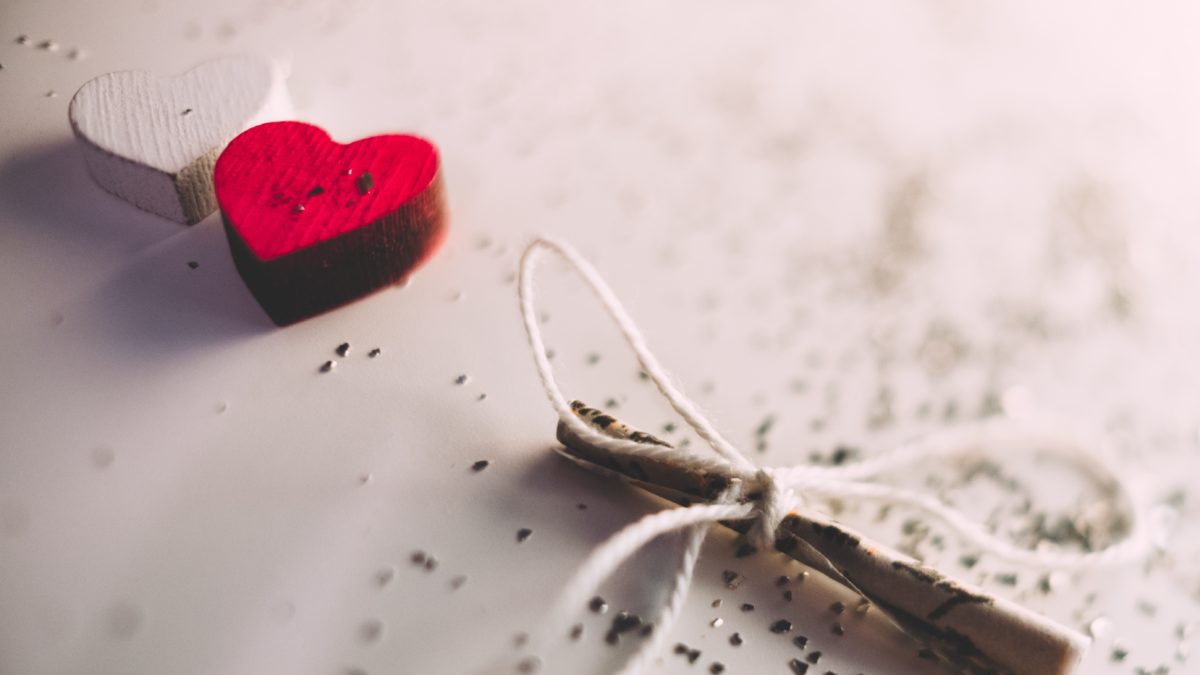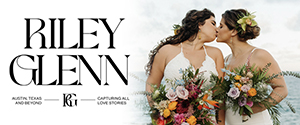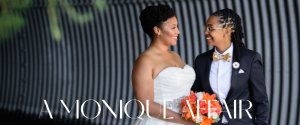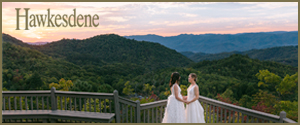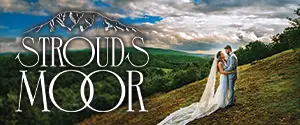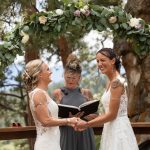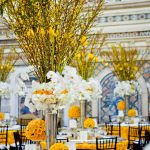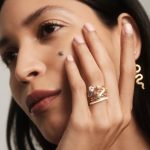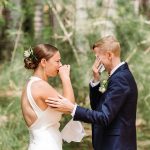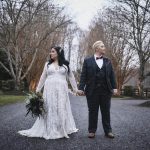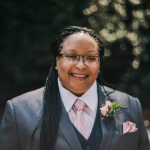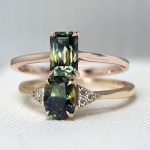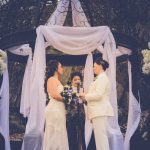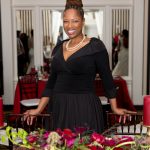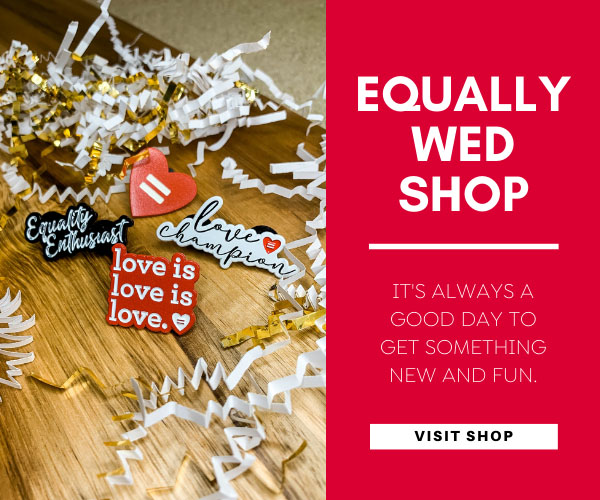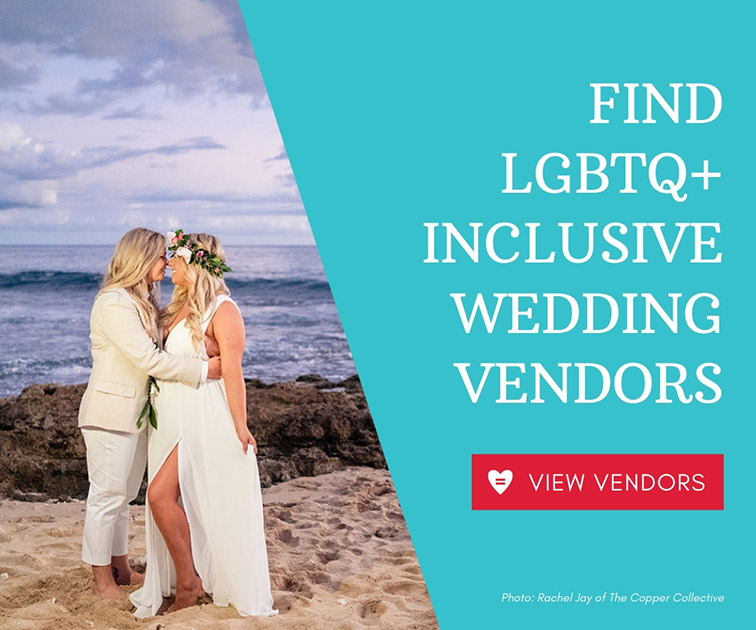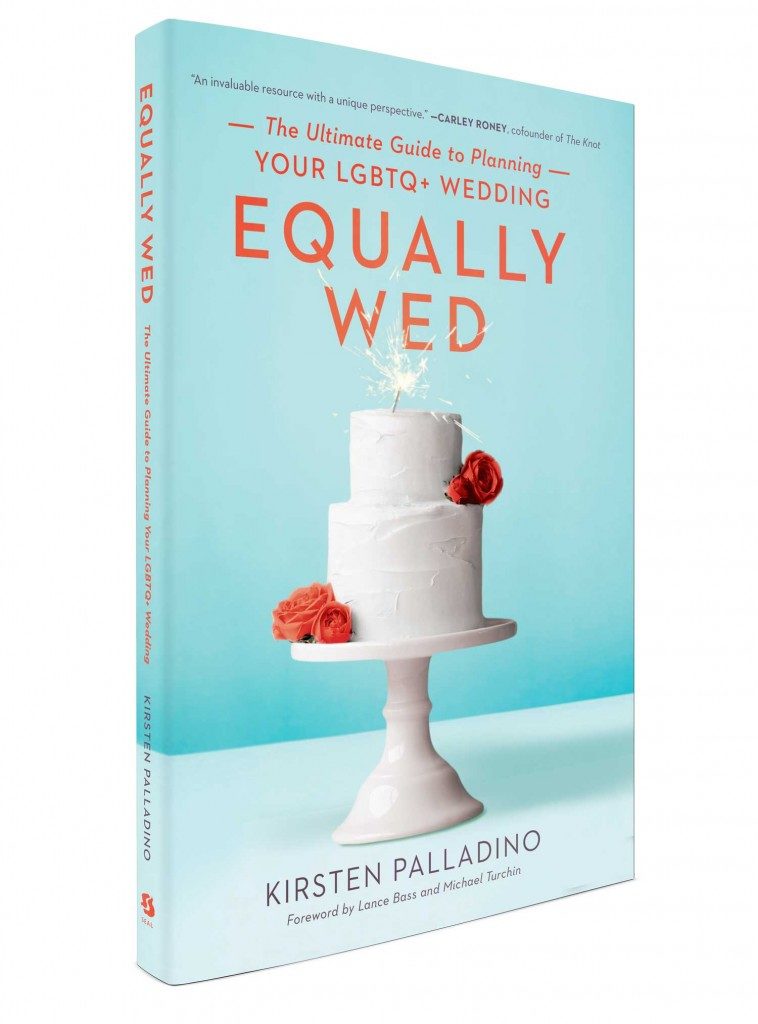The first year my now-fiancée, Macey, and I celebrated Valentine’s Day, we did it because I pitched a story on it: We’d never actually honored the cheesy traditions of the holiday and my idea was that we would and I’d write about the experience.
The truth is that I never thought that Valentine’s Day was for couples like us, or for queer people at all. Maybe that’s because when I was in high school, some of my straight friends would make subtle comments that distanced my relationships with women as though they were less-than: “Which one of you is the guy?” “You know you can’t really have kids someday, right?” They’d ask me about my plans with my girlfriend last and wouldn’t turn to me for relationship advice, instead asking every other straight girl around, as if my experience wasn’t valid because I wasn’t dating a guy. My queerness was positioned as something other, that didn’t fit in with their images of slow dancing at semiformal dances or posing for prom photos.
For years, I pretended that my disdain for Valentine’s Day was because it’s sort of a manufactured romantic holiday. Unlike a wedding or dating anniversary, which has a specific meaning to the couple, people generally celebrate Valentine’s in mid-February with flowers and chocolate because that’s what everyone else is doing. I’ve always been about queering heteronormative traditions in my own way, which is why I’m wearing a rainbow wedding dress instead of a white one and why Macey and I usually exchange books instead of cards. Traditions are more meaningful to me if they involve personal, family and cultural history.
Valentine’s Day does have personal history for me, and it’s one I ignored because I assumed I V-Day traditions didn’t include me. My mom and celebrated the holiday together when I was growing up; most years, she bought me an inexpensive locket and some chocolates. We’d eat a Mr. Goodbar (her favorite) together and hang out. The years when we got each other those cheesy singing stuffed animals, the ones that sing some form of “I love you,” were some of my favorites. After she died, my dad recreated our Valentine’s traditions with me for a few years. And then I let my adoration for Valentine’s Day fade as my classmates paired up and exchanged poems they found on the Internet.
When Macey and I started playing along with Valentine’s Day three years ago, I thought it’d be nothing more than a fun experiment. We quickly learned that we actually loved leaning into the romance of the day and it didn’t feel as forced as we thought. We queered Valentine’s in our own ways—we laughed at old episodes of The Magic School Bus, we went to the science museum, we gave each other books. There was something romantic about celebrating right around February 15, which is the anniversary of our first kiss. It also brought some of the childhood magic of Valentine’s Day alive, when I’d exchange foil cards with my classmates and open up a new locket from my mom.
Valentine’s Day is for queer couples if we want it to be. It’s for any LGBTQ+ people who want it to be. Valentine’s Day doesn’t have to be about cisheteronormative romantic ideals. It can be about chosen family, deep friendships, queer platonic relationships, asexual and aromantic community, family of origin and the love we have for animals in our lives. It’s for self-love and spending time with ourselves, cherishing who we are outside of what society tells us to be. Valentine’s Day is queer as hell, at least the way I live it. And that excites me more than any heart-shaped collection of sea salt chocolates.



